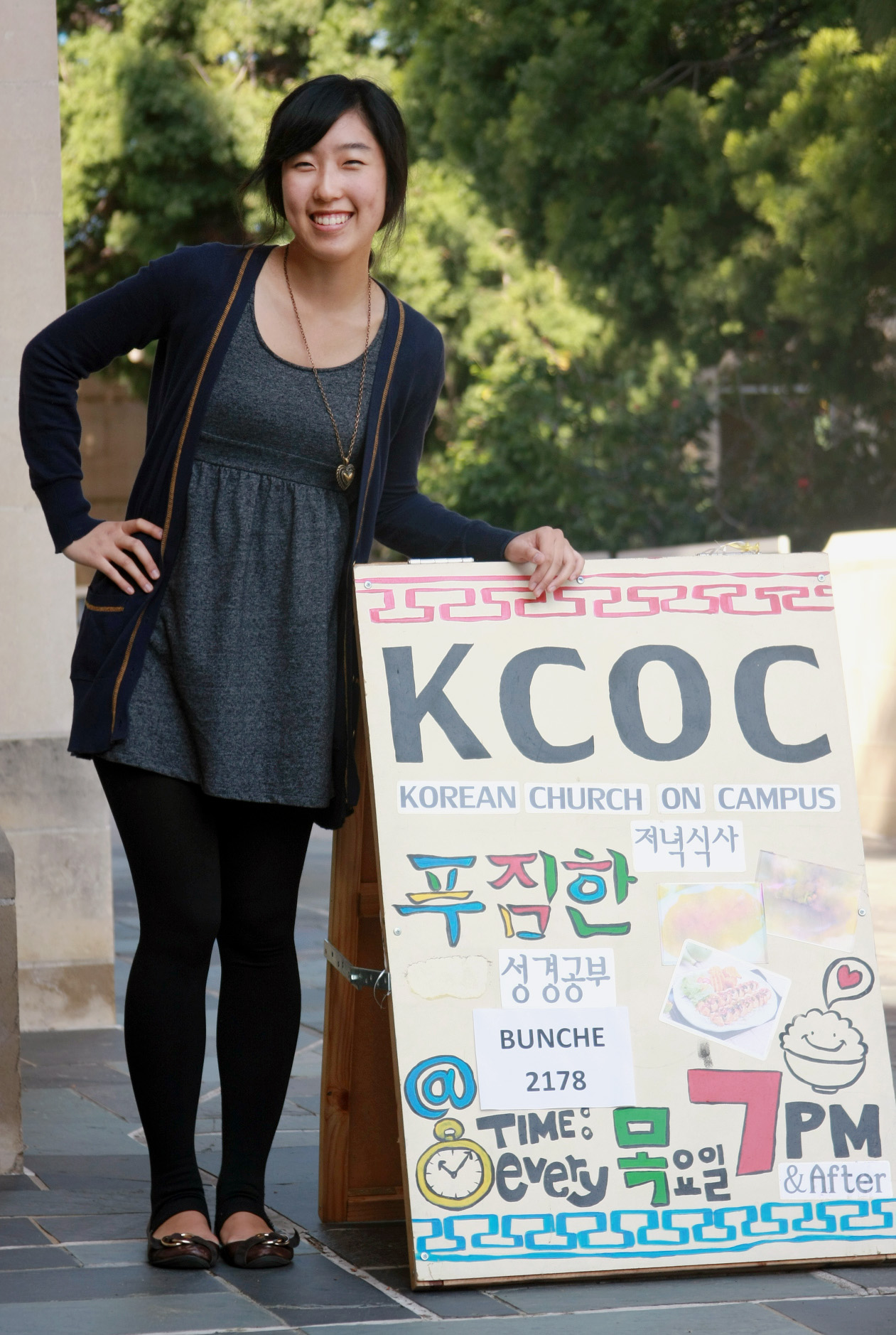When Yun Shin arrived at UCLA as a transfer student, she felt the full weight of the label ”“ she had landed in a world where many students already had groups of friends, and there was no niche she could easily fall into.
Shin, a fourth-year English student, first tried to meet people in her classes, asking her neighbors routine introductory questions: What year are you? How do you like this course?
But often, the responses she received were chilly.
“It seemed as if they just wanted to keep to themselves. A lot would answer politely but quickly, and just return to their iPod or cellphone or laptop,” Shin said.
She realized she wasn’t alone after talking to a handful of Korean immigrants and international students.
Since religion plays a central role in many Korean communities, these students wanted to participate in a Christian group that conducted services in their native tongue ”“ but no such organization existed at UCLA.
Shin, who regularly attends church, could empathize with the students. She moved to the U.S. from South Korea when she was 11, and still speaks Korean at home to her non-English-speaking parents.
Along with a few friends, Shin founded the Korean Church on Campus, a student group that holds weekly religious services.
“The goal of a strictly Korean-speaking club was not to exclude non-Koreans, but to try to eliminate the feeling of isolation for a group of people,” Shin said.
The group is fairly new and has only about 20 members. But the small size means that everyone knows each other, in contrast to mammoth campus organizations that boast more than 100 members.
For Shin, the organization is her home on campus, and the members are a family that shares her cultures and her values. Members gather every Thursday night in a classroom, and worship to the sound of a single acoustic guitar ”“ quietly, so they don’t disturb courses in session around them. They eat bulgogi, Korean marinated barbecued beef, and spend time chatting or helping each other with homework.
Shin said many of her friends are Korean, but she tries to diversify her circle by continuing to reach out to classmates. For example, she has found that there is not a high percentage of Asians in English courses, and she can meet non-Koreans in such classes. Shin has also signed up for several courses with an ethnic theme, such as Chicana/o literature, to meet people from different backgrounds and learn about other cultures.
After transferring from Santa Monica City College, Shin finally managed to create a community on campus for herself. At the heart of this community is the Korean Church on Campus, but its arteries extend further, to the wide range of people she has met during her time here.
